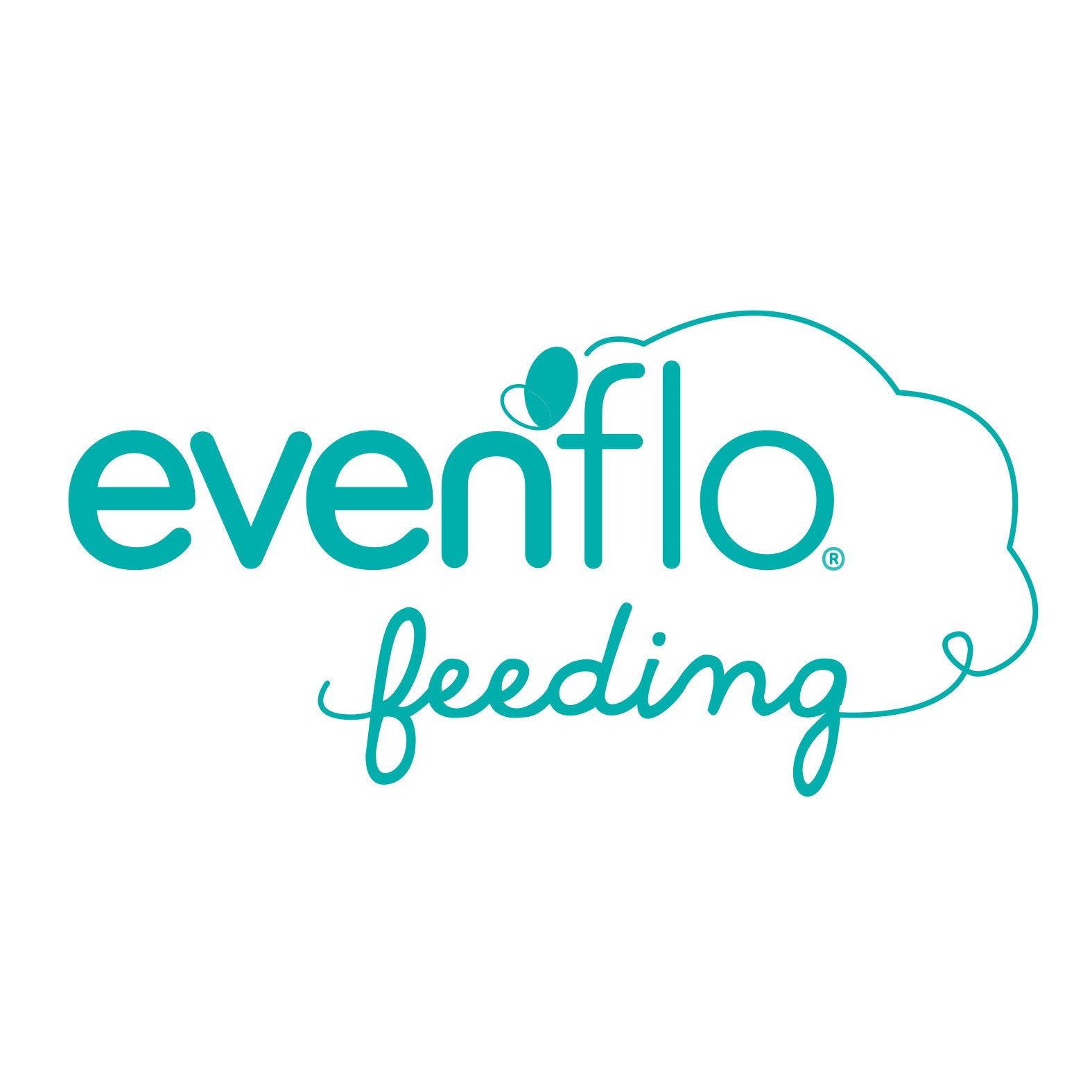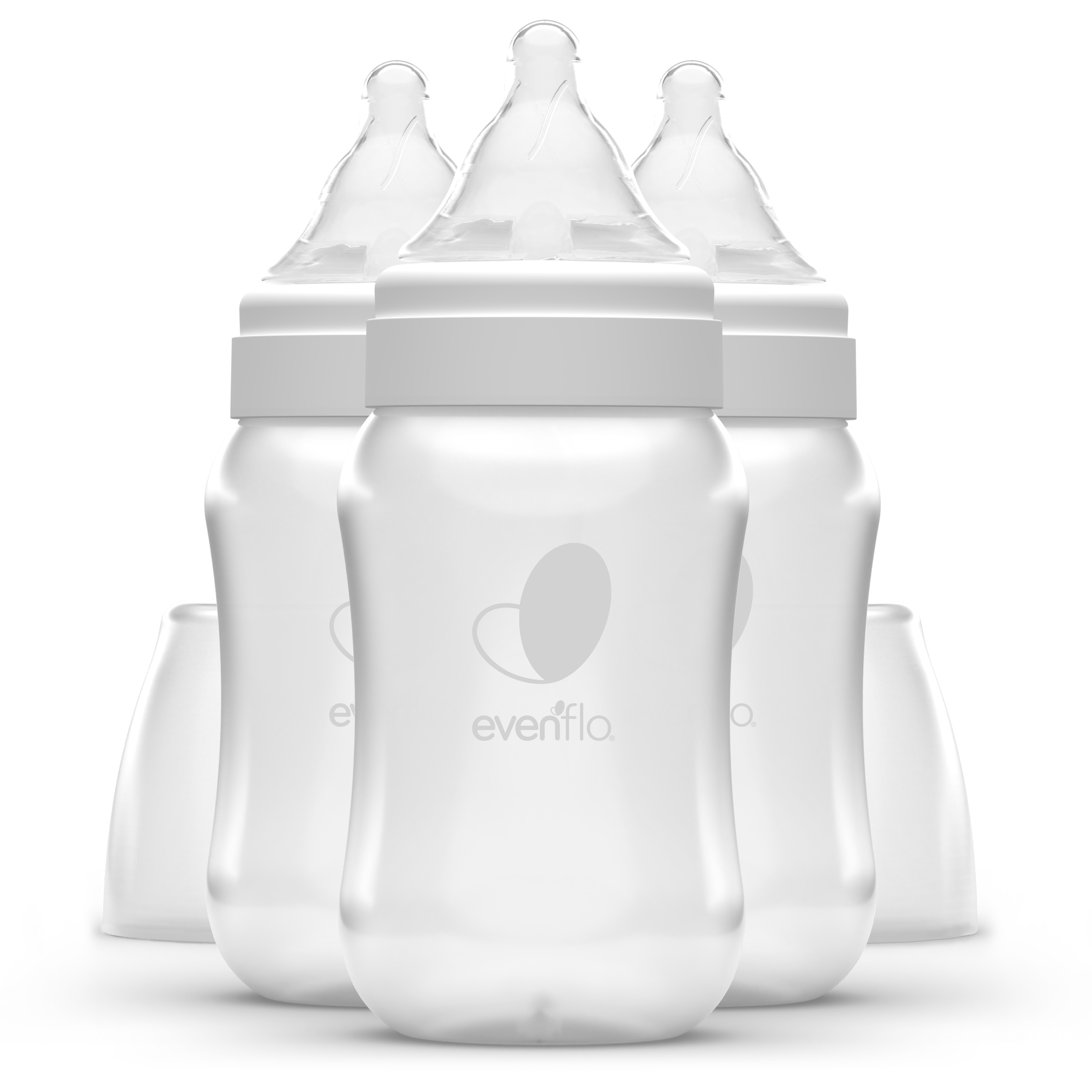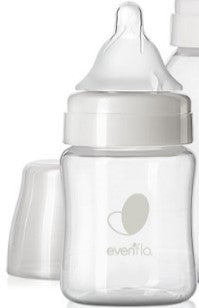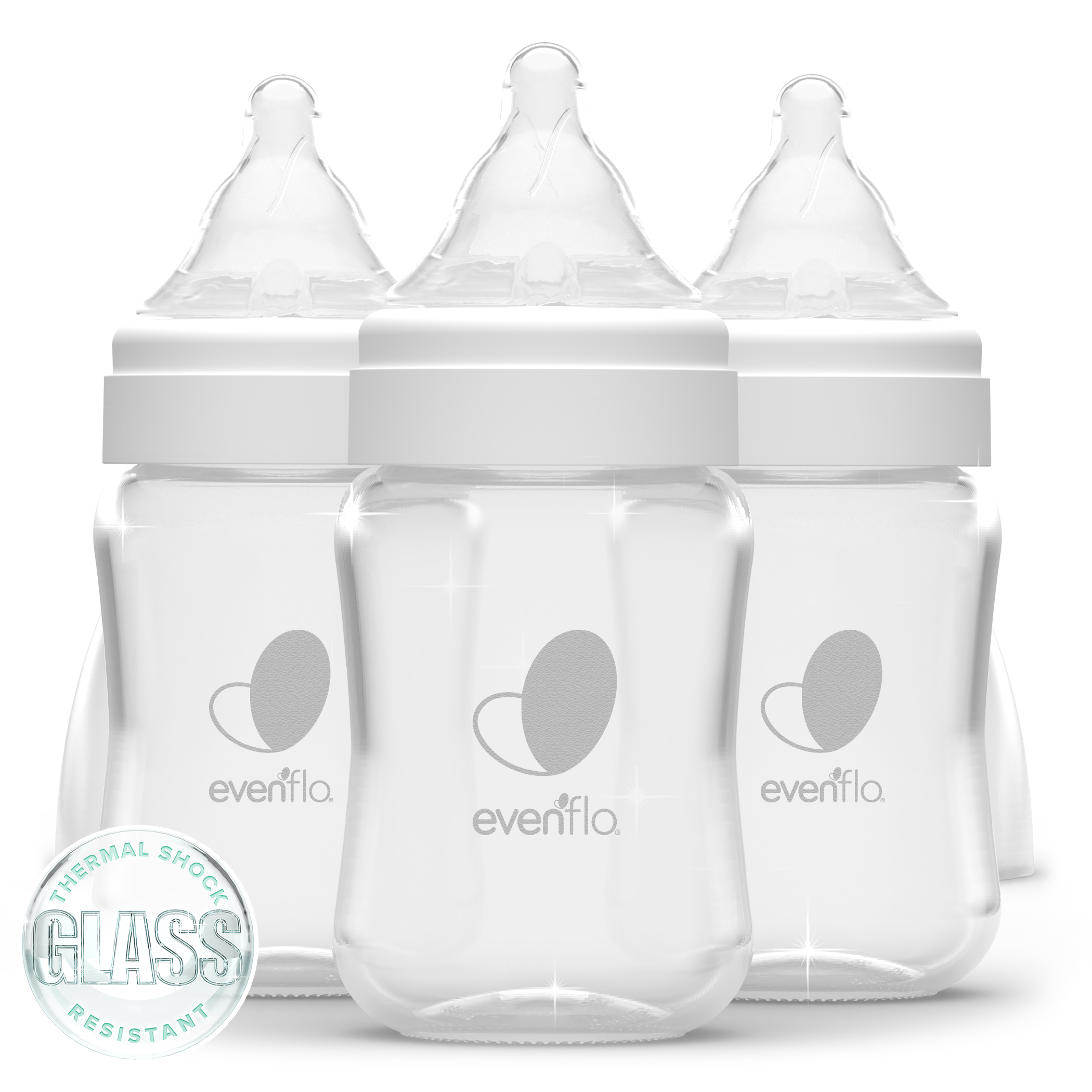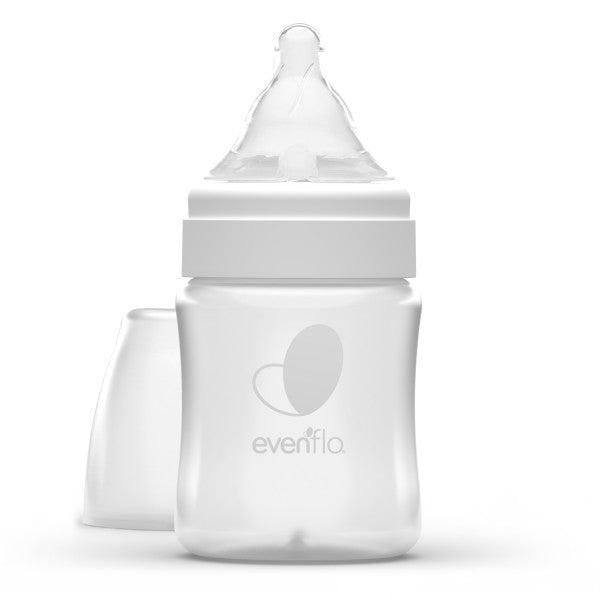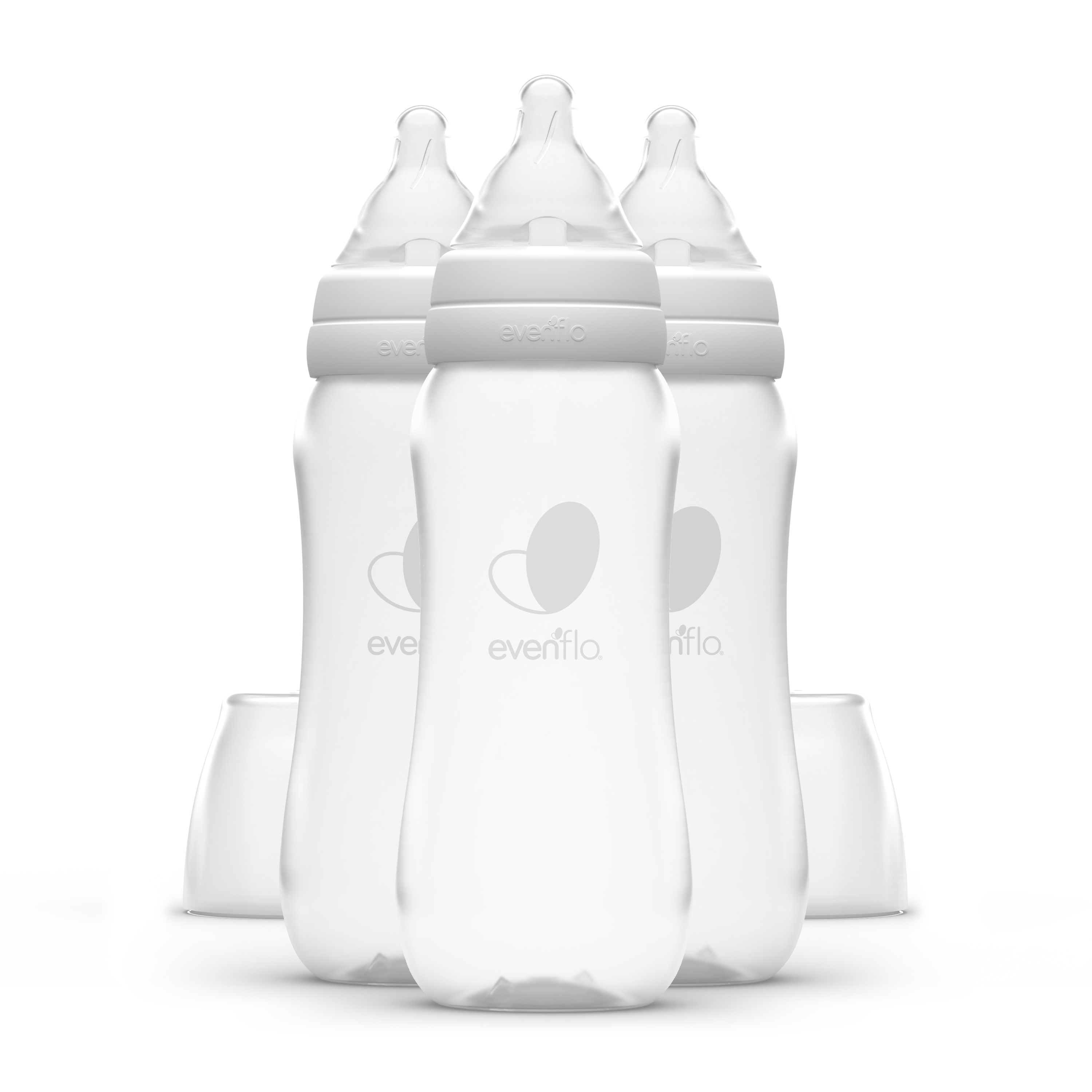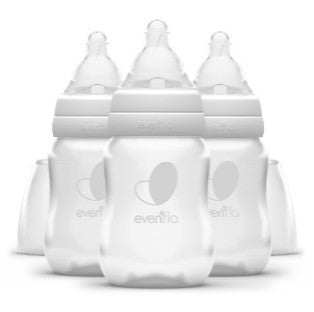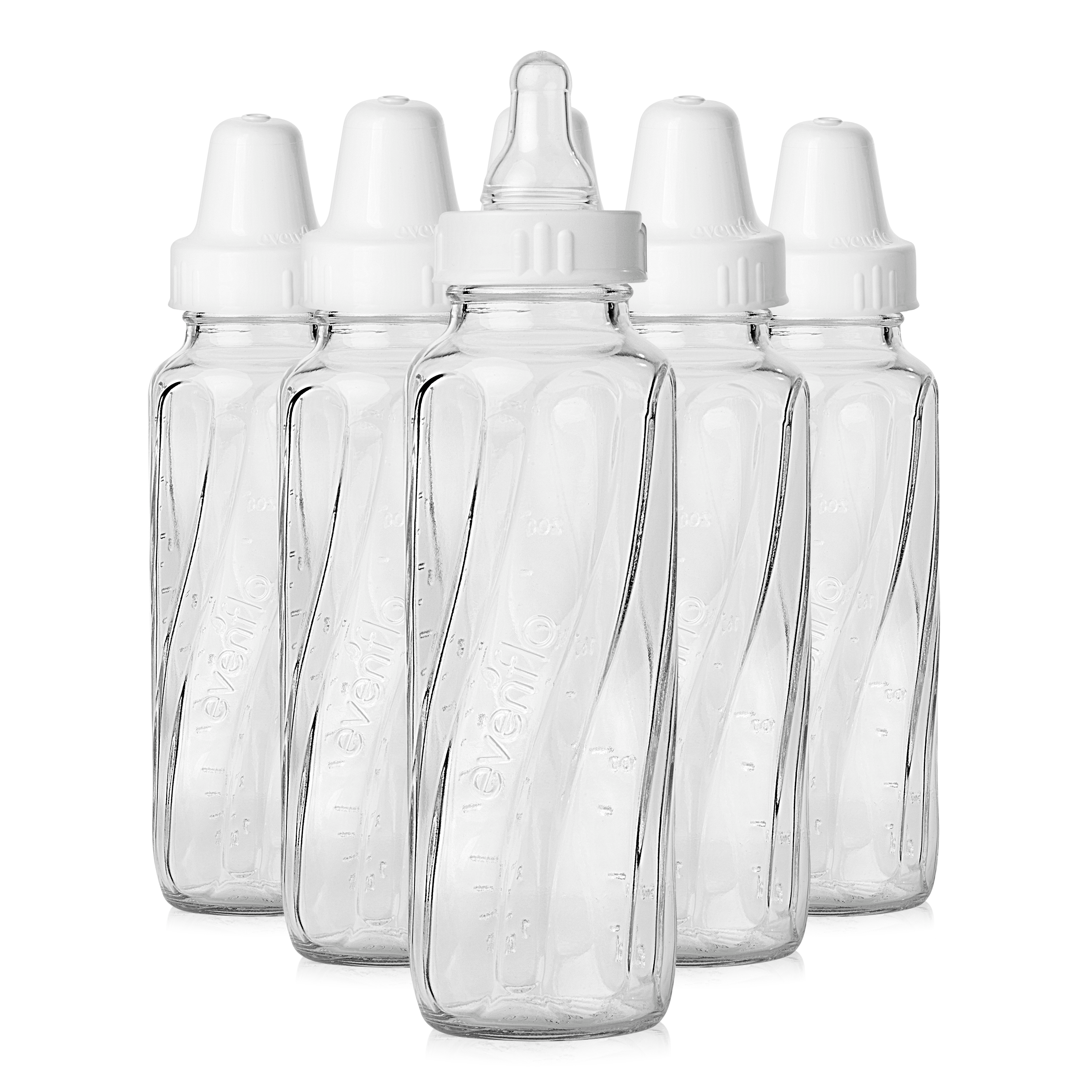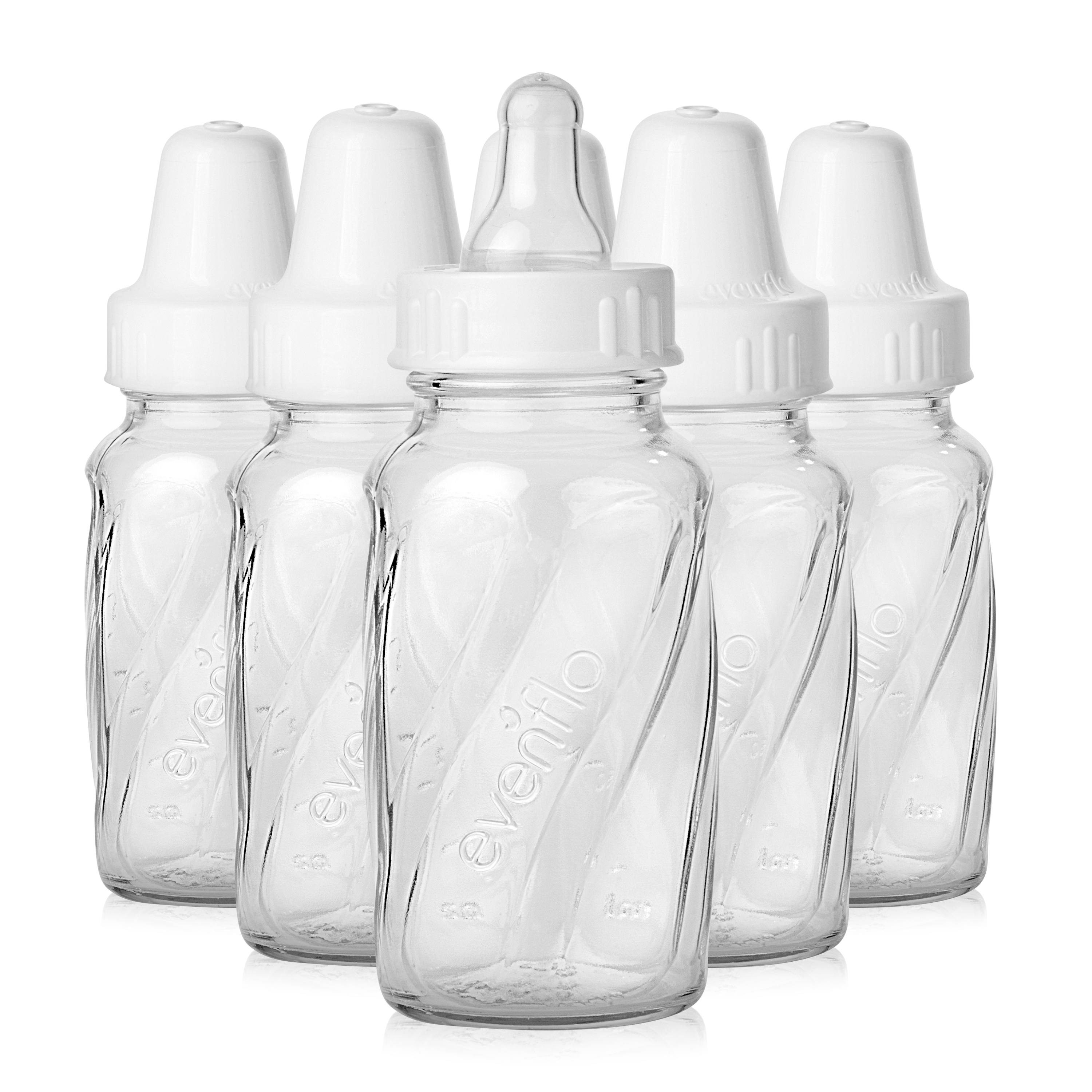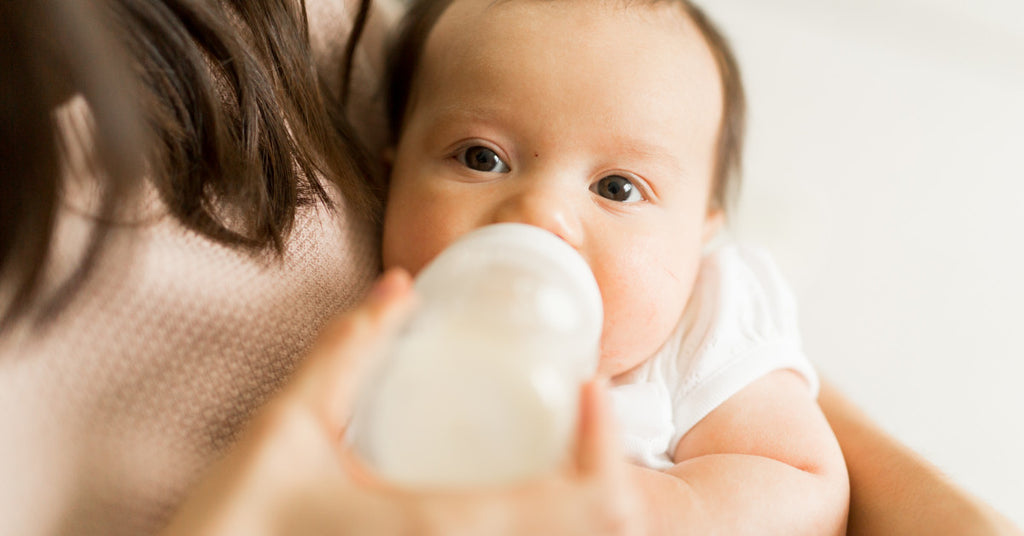
Tips For Avoiding Nipple Preference

What do you think of when you hear the term “nipple preference?” If you’re like most people, you think of a baby who prefers the bottle over the breast. In this case, the baby develops a preference for the bottle nipple’s shape, texture, or flow rate. This is why many mothers wait a few weeks before introducing a bottle to their breastfed babies.
However, this is a very narrow definition. Nipple preference happens when a baby prefers any nipple—breast, bottle, or nipple shield—over another.
Nipple Preference for the Breast
After the newborn period, around 4-6 weeks, many breastfed babies become intractable in their preference for the breast. By this age, it can become much harder to introduce a bottle for the first time. Likewise for introducing a pacifier to an older baby—they often prefer the breast. The texture or shape of an artificial nipple does not feel right to an older breastfed baby.
Nipple Preference for a Nipple Shield
Think of babies who begin their breastfeeding experience using a nipple shield. These babies often learn to prefer the texture of the shield—it is more firm, and offers more oral input for latching. It can be tricky to eventually wean these babies to the breast (but it is possible).
Nipple Preference for a Slower Flow
Some babies struggle to feed comfortably when their mothers have a very fast milk flow. Subsequently, a mother may use a nipple shield to slow the flow of her milk, or even offer her milk in a bottle that has a slower flow than her breast. When this happens, it may be hard for the baby to return to the mother’s fast-flowing breast as the baby develops a preference for a slower flow with a nipple shield or bottle.
As you see, the term “nipple preference” covers may scenarios. So how can you avoid nipple preference? The key is for your baby’s mouth placement and suck-swallow rate to be similar on all nipples, and to introduce other nipples when your baby is young and sucks reflexively. Specifically,
- Introduce an artificial nipple during the newborn period when your baby’s suck is reflexive. Sometime between 2-3 weeks is usually ideal.
- Do your best to match your baby’s mouth placement on your breast with his mouth placement on a bottle. This means you need to use a bottle nipple shape that helps his lips remain in an open position and allows the lips to form a complete seal.
- Mouth placement with a nipple shield is also important—your baby needs to latch onto your areola, not just the nipple.
- Choose a bottle nipple texture that is neither too firm nor too soft for your baby. The lips should not overly stretch, nor should the lips squash the nipple while feeding.
- Nipple shield texture should not be overly firm.
- As for flow, your baby’s suck-swallow rate on the breast needs to closely match the flow of the bottle. If you have a super-fast milk flow, maybe try a medium flow bottle nipple.
In all fairness, it is important to note that some babies are magical unicorn babies. Magical unicorn babies will suck on any nipple at any age and switch between breast and bottle with ease. Since you don’t know at birth if your baby is a magical unicorn baby, it may be worth taking steps to avoid nipple preference for your peace-of-mind—totally your choice.
